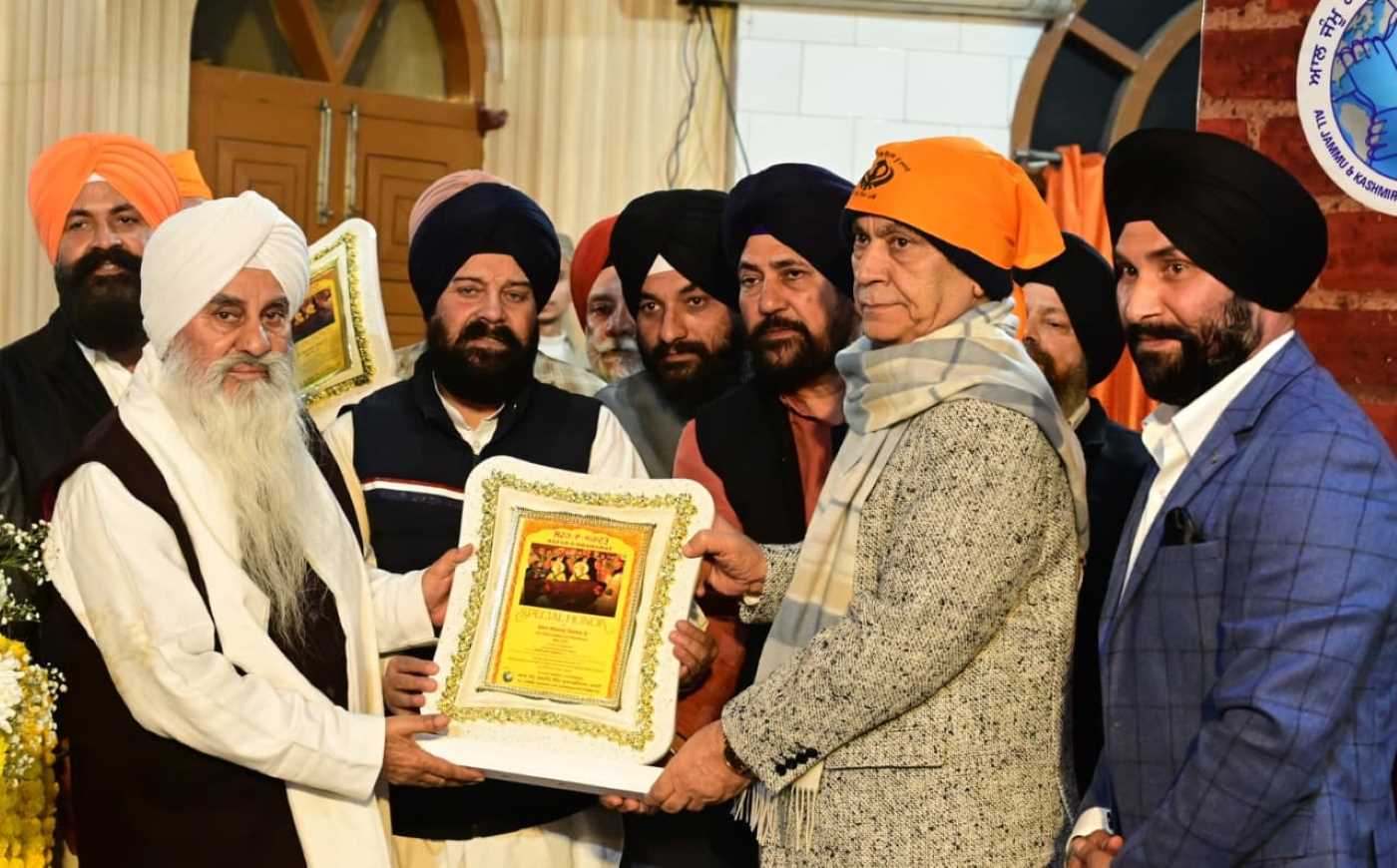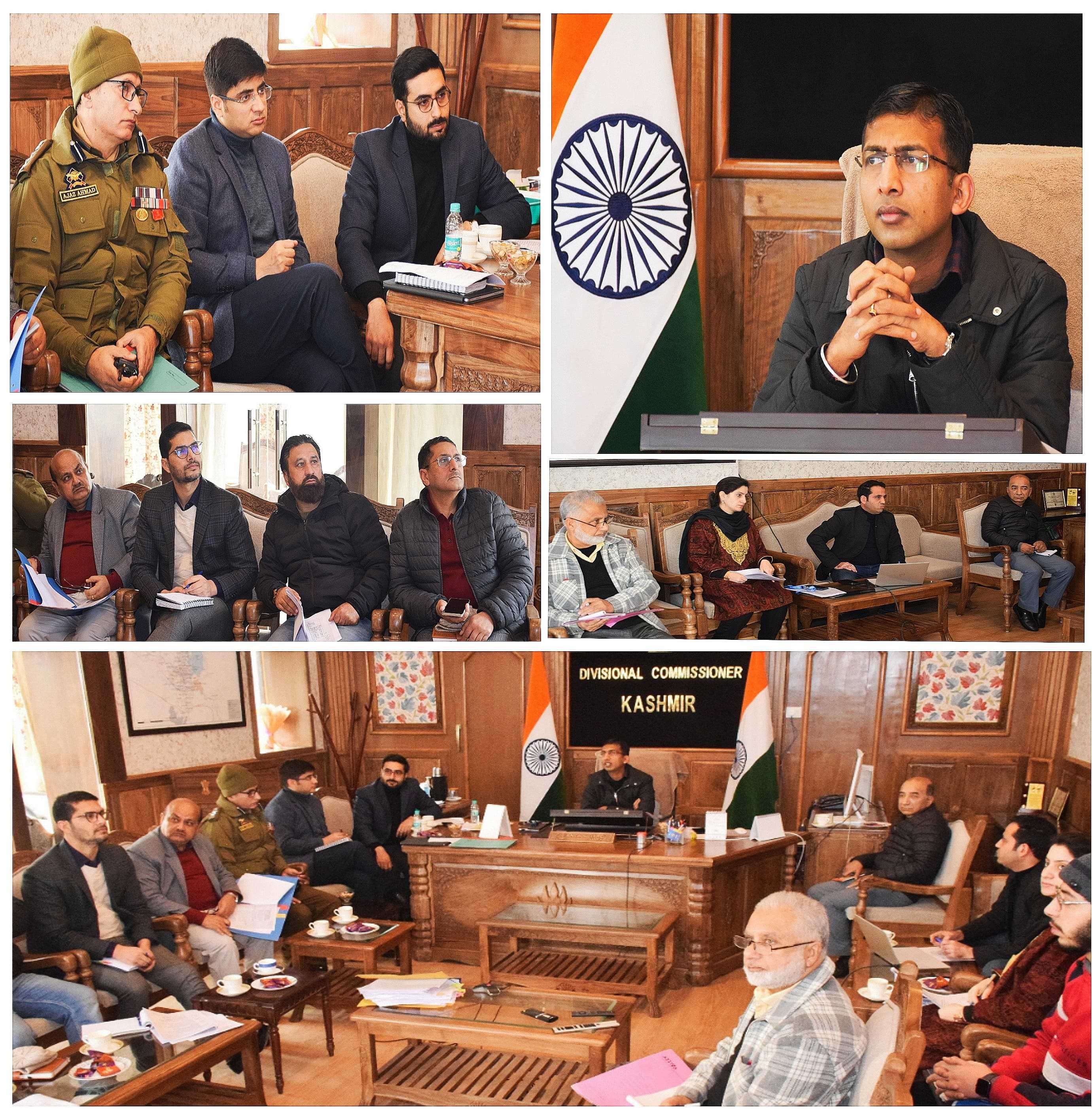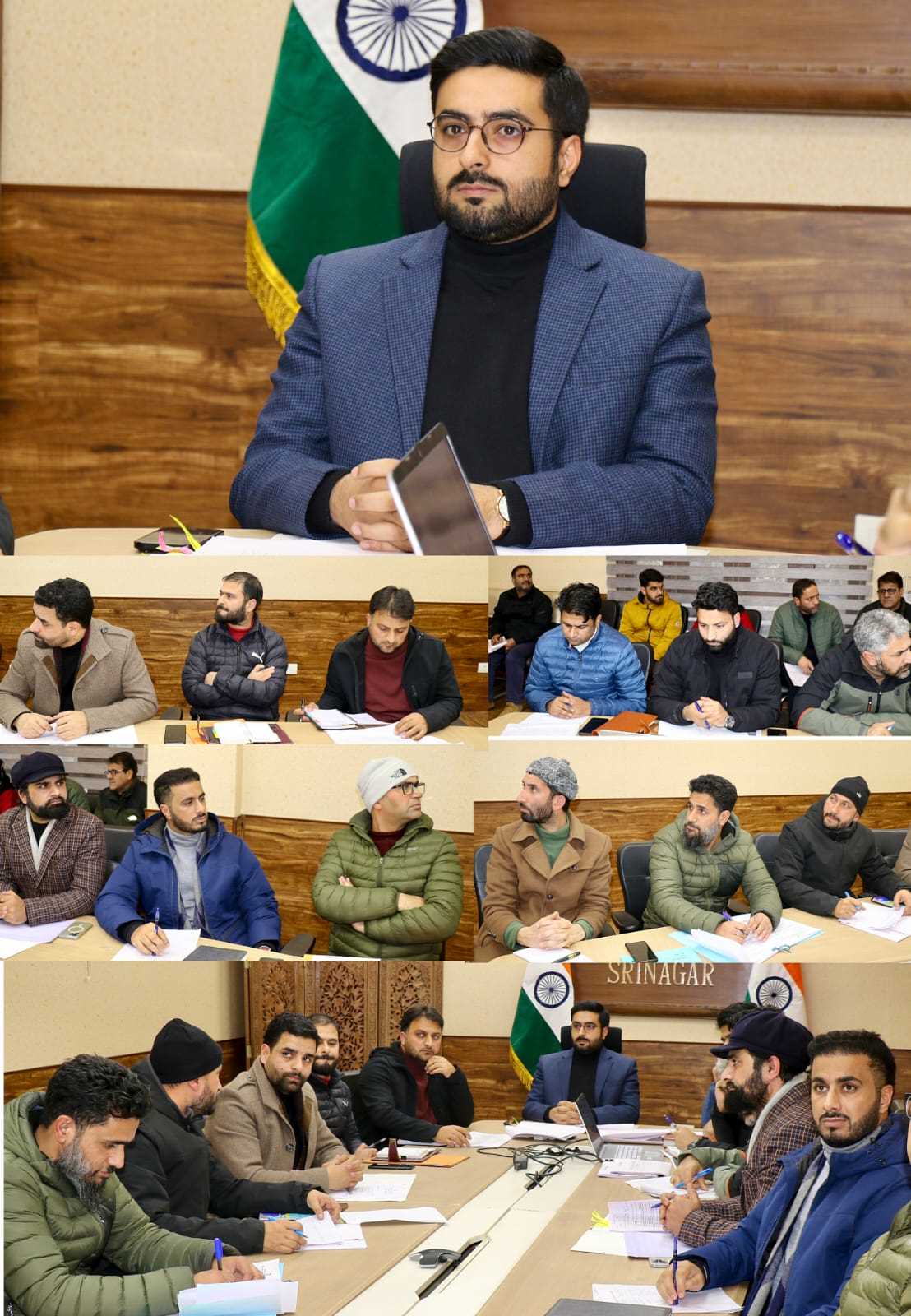As India moves toward the centenary of its independence in 2047, it is not merely pursuing economic development, but also resolving to rebuild a moral, balanced, and humane society. But this resolve will only be meaningful if development is founded on the welfare of all creation, not just humans. Today, when we talk of a "developed India," its scope appears limited to industry, technology, infrastructure, and income growth. But a truly developed nation will be one where human qualities like compassion, coexistence, and kindness are at the heart of policies and plans.
The Constitution of India exemplifies this vision. Article 48(A) directs the State to protect the environment and wildlife, while Article 51(A)(g) establishes the fundamental duty of every citizen to have compassion for all living creatures. These provisions are not merely legal rules, but the hallmarks of a civilizational ideology based on the principles of non-violence, compassion, and "Vasudhaiva Kutumbakam." For centuries, Indian culture has taught that every living being in creation has its own dignity, purpose, and rights.
Yet, animal welfare has been left far behind in the race for modern development. Industrialization, urbanization, and the race for reckless consumption have not only impacted natural resources but also threatened the survival of countless animal species. The declining numbers of vultures, the shrinking habitats of elephants and leopards, the impact of pollution on marine life—these all reflect this imbalance. When even a single species disappears from an ecosystem, it impacts the entire environment and human life.
When we cut down forests, pollute rivers, and destroy animal habitats in the name of development, it's not just a harm to nature but a weakening of the roots of humanity itself. Therefore, it's essential that India's vision of a "Developed India 2047" not rest solely on human material prosperity, but rather embrace the welfare of all living beings as its fundamental goal.
Integrating animal welfare into India's development approach is not just a matter of sensitivity, but a prerequisite for sustainable development. Livestock is the backbone of India's rural economy. Millions of families depend on the milk, wool, eggs, and other products they provide. If these animals are cared for, fed, well-being, and treated with respect, productivity will increase and rural incomes will stabilize.
Humane animal husbandry and balanced use of resources also benefit soil fertility, water quality, and environmental sustainability.
Additionally, animal welfare is directly linked to public health. Events like the COVID-19 pandemic and Nipah virus have demonstrated that animal health, human health, and the environment are deeply interconnected. An imbalance in one area impacts the others. Therefore, it is essential that the Ministries of Environment, Agriculture, and Health work together to implement the spirit of a "One Health Approach" at the policy level.
Animal welfare approaches should also be incorporated into education, urban planning, and industry. If the school curriculum instills the values of compassion and coexistence towards all living things, future generations will naturally become more sensitive. Urban planning should include wildlife corridors, animal crossings, and humane arrangements for stray animals. The wildlife paths created on the Delhi-Mumbai Highway are inspiring examples in this direction.
India should also update its outdated animal protection laws. The Prevention of Cruelty to Animals Act, 1960, needs timely amendments to strengthen penal provisions and ensure real impact. Furthermore, expanding veterinary services and scientific care can improve livestock quality.
Technological innovations can also be helpful in this area. Artificial intelligence-based surveillance, satellite mapping, and electronic security systems are playing a revolutionary role in wildlife conservation. The e-surveillance system in Kaziranga National Park has significantly reduced poaching incidents. This is proof that combining science and compassion can be the most effective solution to protect our environment and wildlife.
Promoting "cruelty-free production" in animal-based industries—such as dairy, leather, and textiles—will not only promote ethical trade but also enhance India's reputation internationally. Consumers also need to be aware that choosing ethical products is a social responsibility.
The Indian philosophies of "Ahimsa Paramo Dharma" and "Sarve Bhavantu Sukhinah" are not just religious maxims, but rather a maxim for sustainable living. If animal welfare is combined with "Mission Lifestyle" (which emphasizes adopting environmentally friendly living), India will emerge as a nation that combines development with compassion.
The meaning of a developed India will only be meaningful when the scale of development includes not just production or income, but also morality, sensitivity, and coexistence. We must recognize that humans are not the sole masters of this Earth. Every living being, whether small or large, is an essential part of the chain of life.
The spirit of "Sarva Bhoota Hita"—that is, the welfare of all beings—has always been at the heart of India. This spirit needs to be integrated into modern policy, technology, and education.
Only when India moves forward in this direction will it be called not only prosperous, but also a truly civilized and sensitive nation. This is what Developed India 2047 truly means—an India that combines compassion with progress, empathy with science, and morality with development. This will be the beginning of a golden age where every living being will be safe, respected, and happy.
The dream of a developed India will only be realized when we understand that the true measure of progress is compassion and morality. Only when India takes all living beings along on its path of development will it earn the right to be called the "World Leader."
Email:---------------------saurabhpari333@gmail.com












